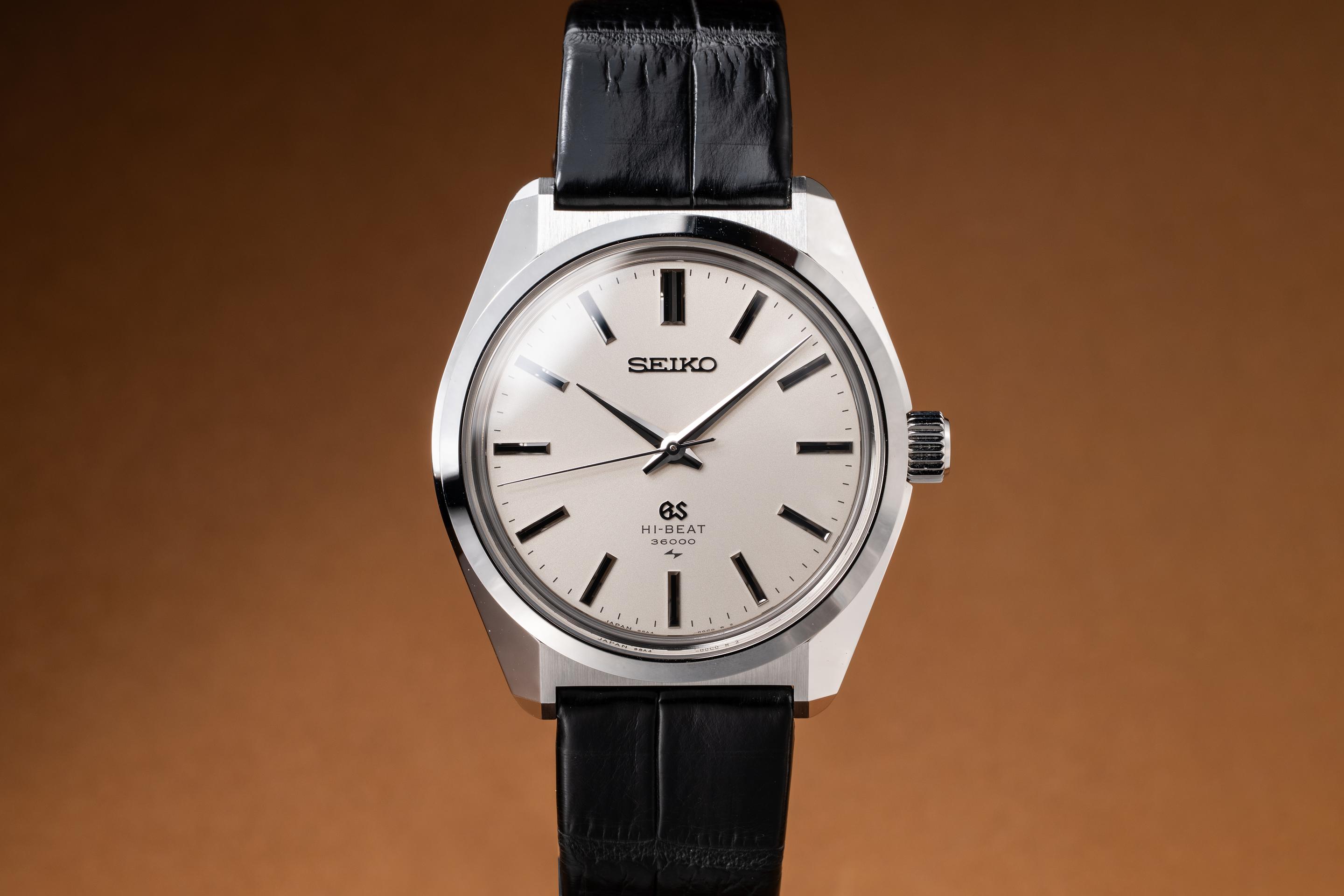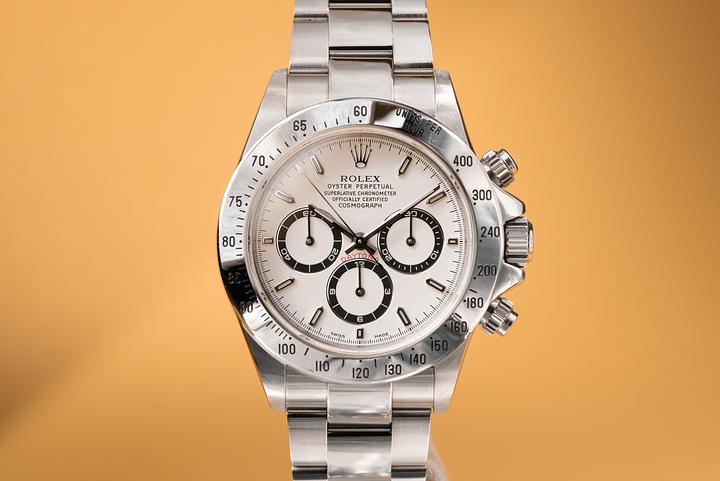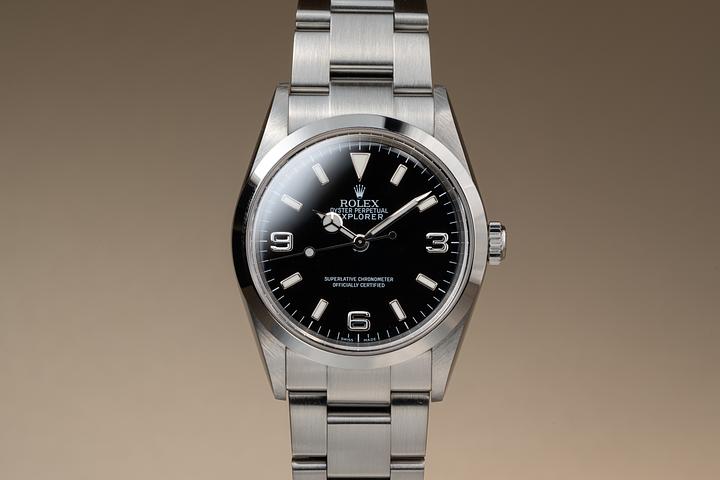Grand Seiko vs Seiko vs Swiss Watches Craftsmanship Showdown

Grand Seiko vs. Seiko vs. Swiss: A Deep Dive Into Craftsmanship, History, and Innovation
Somewhere between a balancing act of emails and reheating coffee in the microwave, I fell down a rabbit hole—a very horological one. I started re-reading specs on Grand Seiko’s Spring Drive watches (again) and somehow ended up comparing Seiko’s bold moves with the Swiss watch juggernauts and their deeply entrenched traditions. What started as distraction quickly evolved into what I suppose is now this article. So let’s dig into the evolution of Seiko and Grand Seiko, and how these Japanese giants not only hold their own but often surpass their Swiss counterparts in precision, craftsmanship, and quiet innovation.
The Roots of Time: Seiko’s Humble Beginnings and Revolutionary Impact
Seiko’s origin story begins in 1881 when Kintarō Hattori opened his watch and jewelry shop in Tokyo. By 1892, Hattori was manufacturing clocks under the name Seikosha, which—fun fact—translates roughly to “House of Exquisite Workmanship.” That meaningful phrase kind of foretells the magic to come.
Fast-forward to 1969, and boom—Seiko drops the first ever quartz wristwatch, the Seiko Astron, on the industry. This really shook things up. The Swiss watch world didn’t initially know how to respond, and so began what many refer to as the "Quartz Crisis.” This wasn’t just a battle of technology; it was culture, it was tradition versus innovation. Seiko wasn’t trying to dethrone anyone—but that’s exactly what happened. The Japanese brand proved that accuracy, affordability, and mass production could coexist. That changed the game across the industry, forcing brands like Omega, Rolex, and Patek Philippe to re-evaluate their strategies amidst changing tides.
The Rise of Grand Seiko: Precision as a Philosophy
This is where things spiral into what I like to call “unexpected obsession territory.” Grand Seiko launched in 1960 with a quiet but determined goal: surpass the Swiss in chronometric performance. The first Grand Seiko, reference 3180, was hand-assembled in Suwa and built to unprecedented tolerances. It even earned official chronometer certification under Swiss standards, pushing a bold statement out into the world—Japan had arrived, and it wasn’t messing around.
Part of Grand Seiko’s appeal lies in its almost philosophical commitment to precision. The Zaratsu polishing technique, for example, gives Grand Seikos their mirror-like case surfaces. It’s not automated. It requires trained hands, and every reflection on the dial or lugs is deliberate. Honestly, the dials alone are poetry. There’s the “Snowflake”—which mimics freshly fallen snow outside of the Shinshu Studio—and the “Birch,” inspired by white birch forests near the Grand Seiko Shizukuishi Watch Studio. One might call it romantic; I’d just say it’s damn refined.
Swiss Craftsmanship: Tradition Meeting High Art
Now, the Swiss. Their legacy in timekeeping didn’t begin yesterday. Brands like Patek Philippe, Audemars Piguet, and Jaeger-LeCoultre have upheld watchmaking as a fine art for centuries. Switzerland wasn't just building timekeepers—they were building heirlooms. The level of mechanical complexity achieved through tourbillons, perpetual calendars, and minute repeaters showcases extraordinary savoir-faire. The Swiss watch industry has also been masterful at creating emotional resonance—time is memory, and memory has value.
But—and this may ruffle a few feathers—the line between tradition and stagnation is a fine one. While many Swiss brands stuck rigidly to mechanical purity during the Quartz Crisis, Seiko innovated in multiple directions: kinetic, solar, GPS watches, even Spring Drive (we’ll get into that soon). Today, many Swiss brands are catching up in terms of integrating tech into luxury—where Seiko had already paved the road.
A Tale of Two Movements: Quartz Accuracy vs. Mechanical Romance
Swiss timepieces have always hinged their allure on mechanical marvels—micro parts working in harmony. There's reverence in that, no doubt. But Seiko approaches movement design differently, and in some cases, more futuristically. Just take the Spring Drive movement introduced by Grand Seiko in 1999. It combines the stability of a quartz oscillator with the smooth-sweeping hand of a mechanical watch. It’s a movement you won’t find in Swiss watches, not because they can’t build it, but because Seiko patented and perfected it first.
Spring Drive has an accuracy of ±1 second per day, way more precise than the average mechanical Swiss watch which, by COSC standards, allows for a variance of -4 to +6 seconds per day. When I first saw a Spring Drive hand glide over the dial—no ticks, no waves—I had to replay the footage. It felt almost surreal. Once you notice the seamless second hand, it's hard to unsee, and even harder to go back.
Luxury, Pricing, and Brand Perception
Here’s where the psychology kicks in. Seiko has long been associated with accessible pricing—your reliable, mid-priced watch with strong engineering. But Grand Seiko? It’s a completely different proposition. With prices starting around $3,000 and going well north of $10K, Grand Seiko isn’t playing the bargain game. They are staking claim in luxury territory traditionally dominated by Rolex, Omega, and even some high-end independent Swiss brands.
This has annoyed some traditionalists—“How can a Seiko charge Rolex prices?” But that’s missing the point. Grand Seiko is no longer trying to be compared to its mainline sibling. It's establishing a distinct identity rooted in Japanese aesthetics, vertical manufacturing, and unmatched finishing. Interestingly, Rolex doesn’t make their own hairsprings. Grand Seiko does. You kind of feel the difference immediately—in quality and in attitude.
What It All Means for the Future of Watchmaking
The debate between Grand Seiko, Seiko, and Switzerland isn’t about patriotism. It’s about innovation vs. tradition, precision vs. heritage, and accessibility vs. perception. Switzerland dominates in historical prestige. Seiko wins in affordability and mass-market innovation. Grand Seiko is spearheading a new frontier—where luxury doesn't need to boast, and technical excellence doesn't demand loud marketing. If you’re choosing a watch today, maybe it’s not about the logo on the dial but the story it tells on your wrist.
And maybe, just maybe, that story started in Tokyo. With a small shop. And a big idea.




